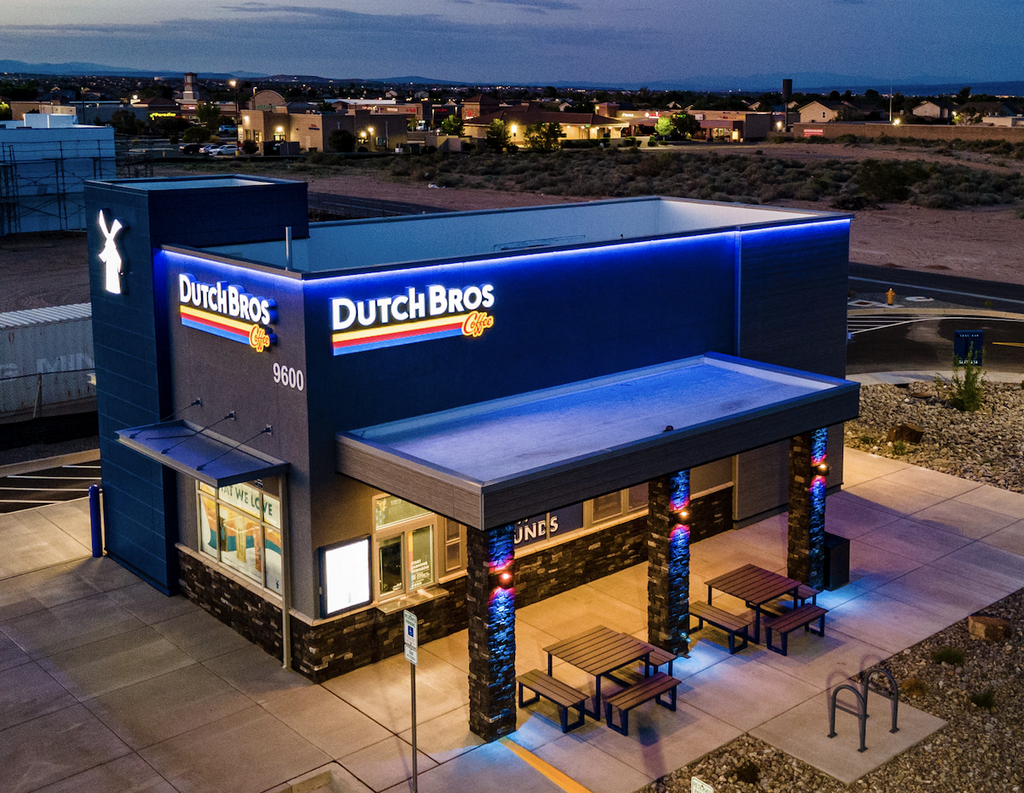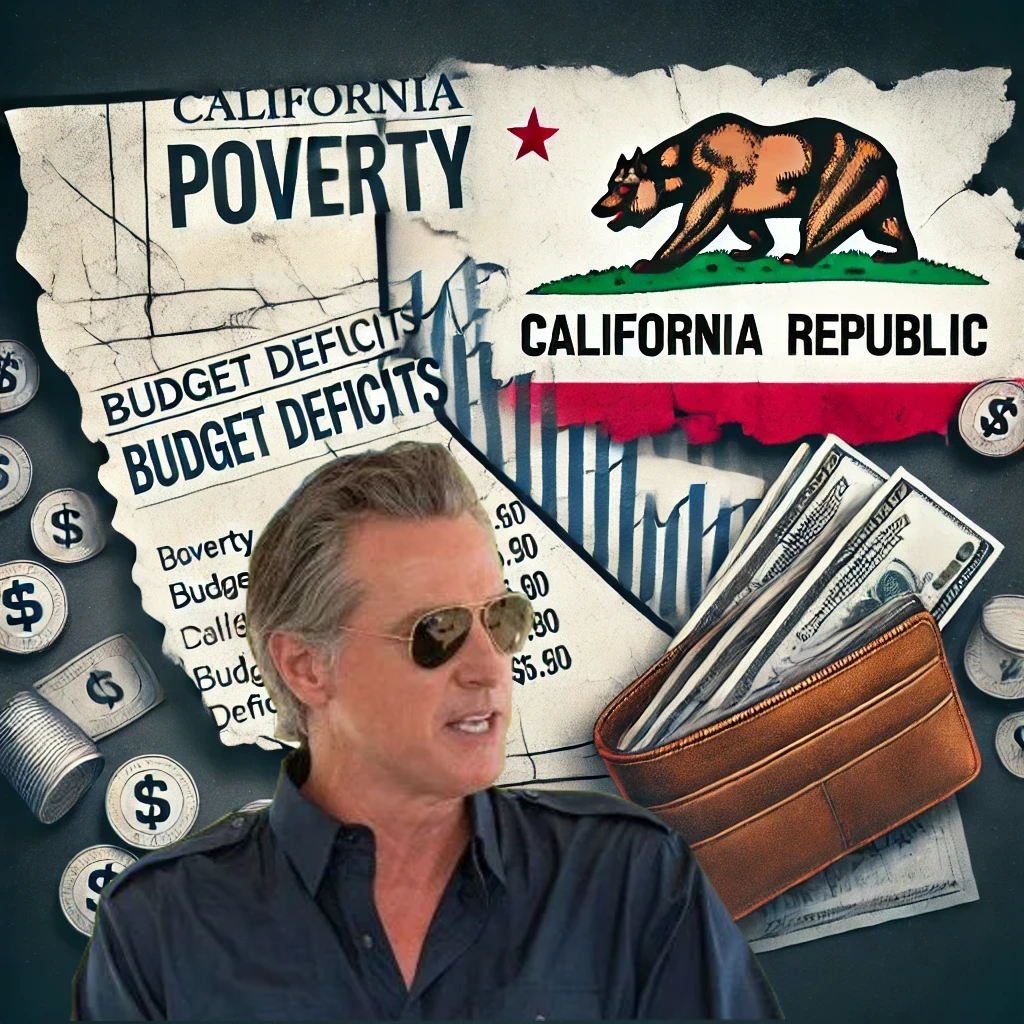
Governor Gavin Newsom frequently compares California’s economy to those of other states like Texas and Florida, as well as other nations. However, one area where California consistently leads the nation is in poverty. According to the Census Bureau’s 2021-2023 data, the state’s official poverty rate stands at 11.7%, slightly above the national average of 11.4%. While this figure may seem manageable, it doesn’t reflect the full reality of California’s economic challenges.
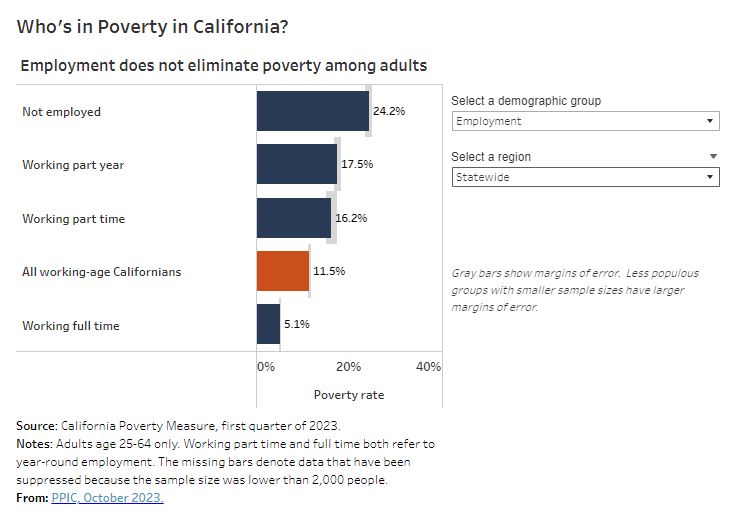
The more accurate picture comes from the supplemental poverty rate, which factors in California’s high cost of living, including housing and energy expenses. By this measure, 15.4% of Californians live in poverty, compared to the national rate of 11%. States often criticized by Newsom, like Texas and Florida, have lower rates of 12.6% and 14%, respectively. California’s elevated living costs push working-class families into financial hardship, especially in urban centers where expenses are highest.
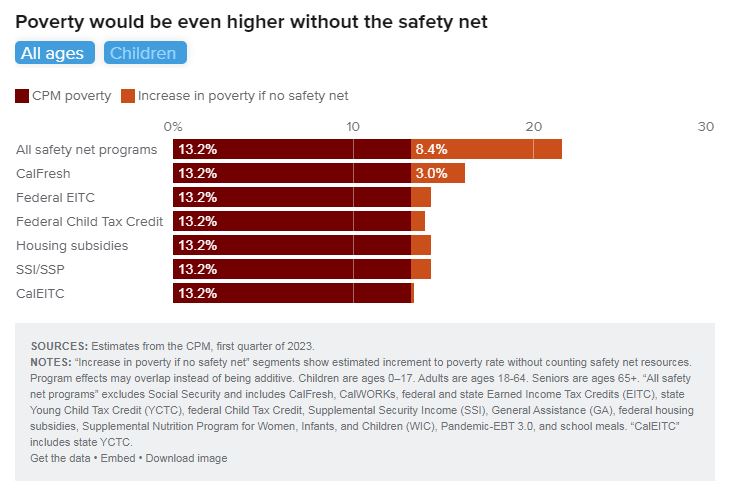
The Public Policy Institute of California reports that 31.1% of Californians in 2023 were either living in or near poverty, and 3.4% of residents were in deep poverty, meaning they earned less than half of what is needed to cover basic living costs. In stark contrast, the top 1% of Californians earn an average income of $1.2 million, highlighting the state’s growing economic divide. This wealth disparity exacerbates California’s status as a leader in poverty, despite its vast economic power.

Another indicator of the state’s financial stress is the fact that over 14.5 million Californians are enrolled in Medi-Cal, the state’s health care system for low-income residents. This means more than a third of the population relies on government assistance to meet basic healthcare needs, illustrating the widespread financial insecurity even as the state’s wealth continues to grow for a select few.
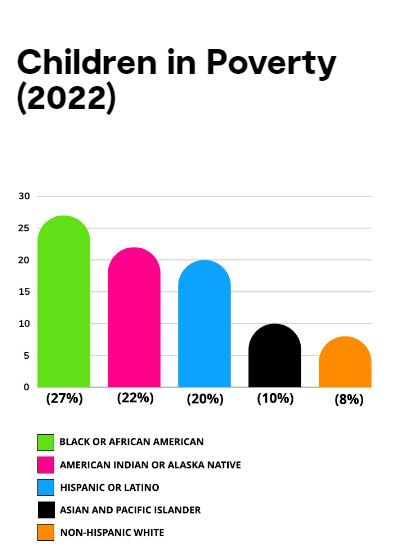
Racial disparities further deepen California’s poverty crisis. A report by the Maven Collaborative highlights that Black, brown, and Indigenous Californians are particularly vulnerable. The share of households “barely scraping by” increased by 8% between 2021 and 2023. The financial instability of childless Black households is nearly on par with that of white households with three children. This points to systemic inequality that is worsening, particularly in high-cost areas like the Bay Area.
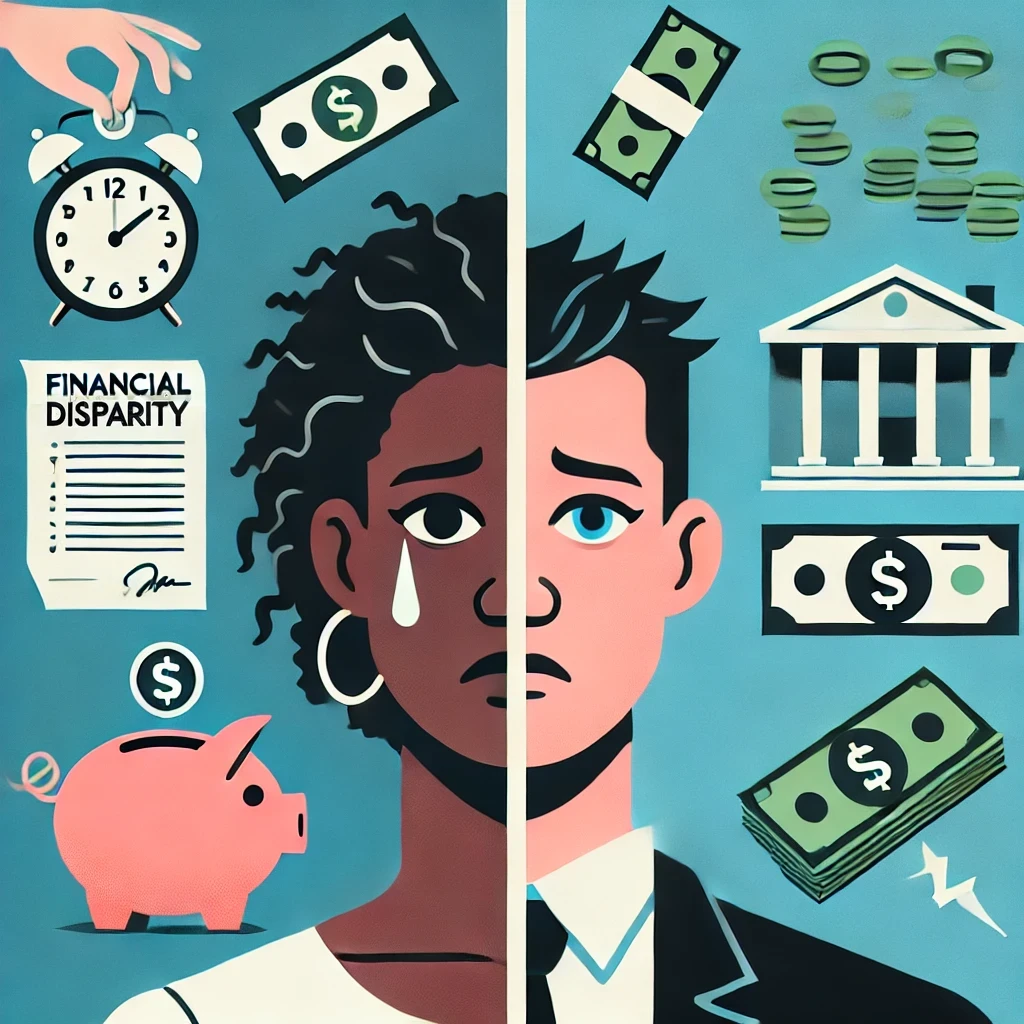
The report also shows that economic inequality hits college-educated Black women harder than their white male counterparts. Nearly a third of college-educated Black women face financial instability, compared to half that percentage for white men with the same level of education. The challenges facing families of color in California are immense, especially in urban areas where the cost of living is most severe.
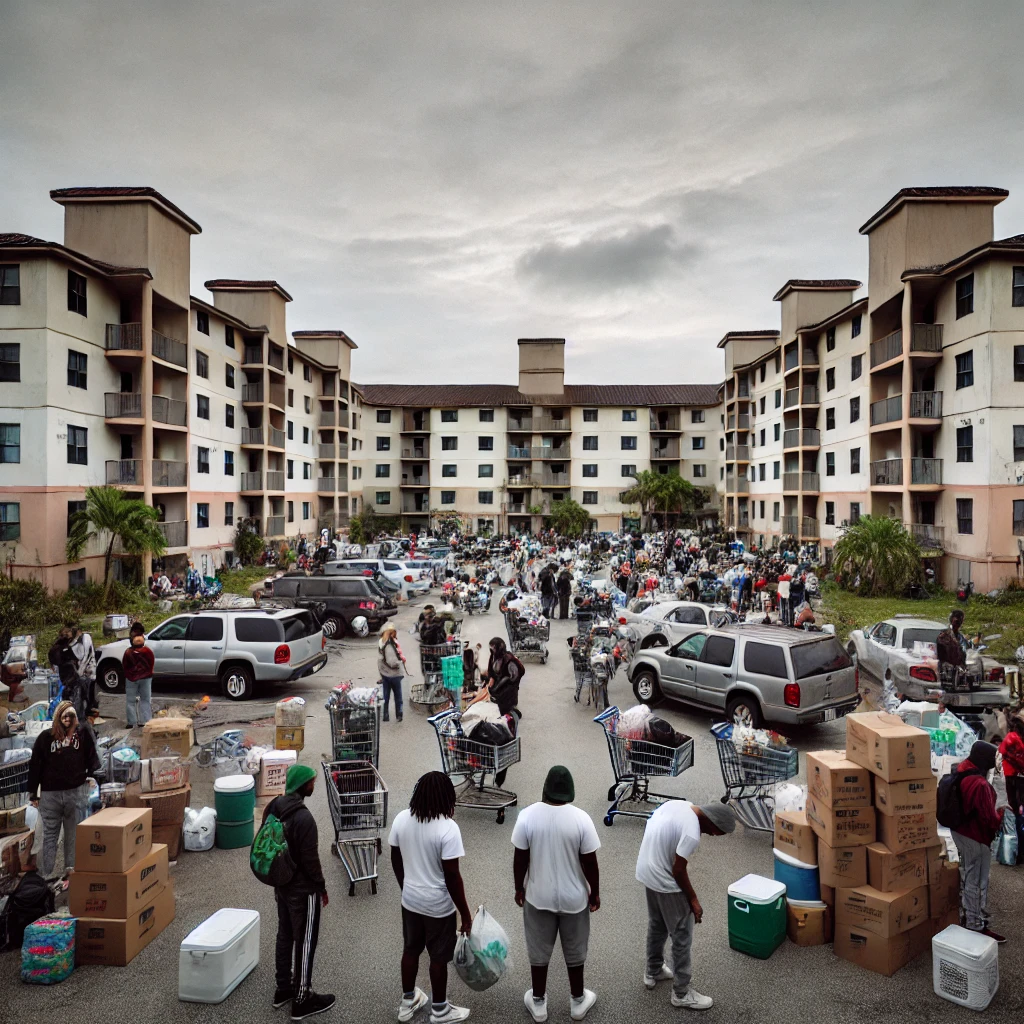
Despite its progressive reputation and multiple programs aimed at closing the economic gap, California’s inequality has only worsened in recent years. Governor Newsom’s administration has launched various initiatives, including efforts to address housing affordability and expand social safety nets. However, the impact of these policies has been underwhelming in addressing the persistent issue of poverty across the state.
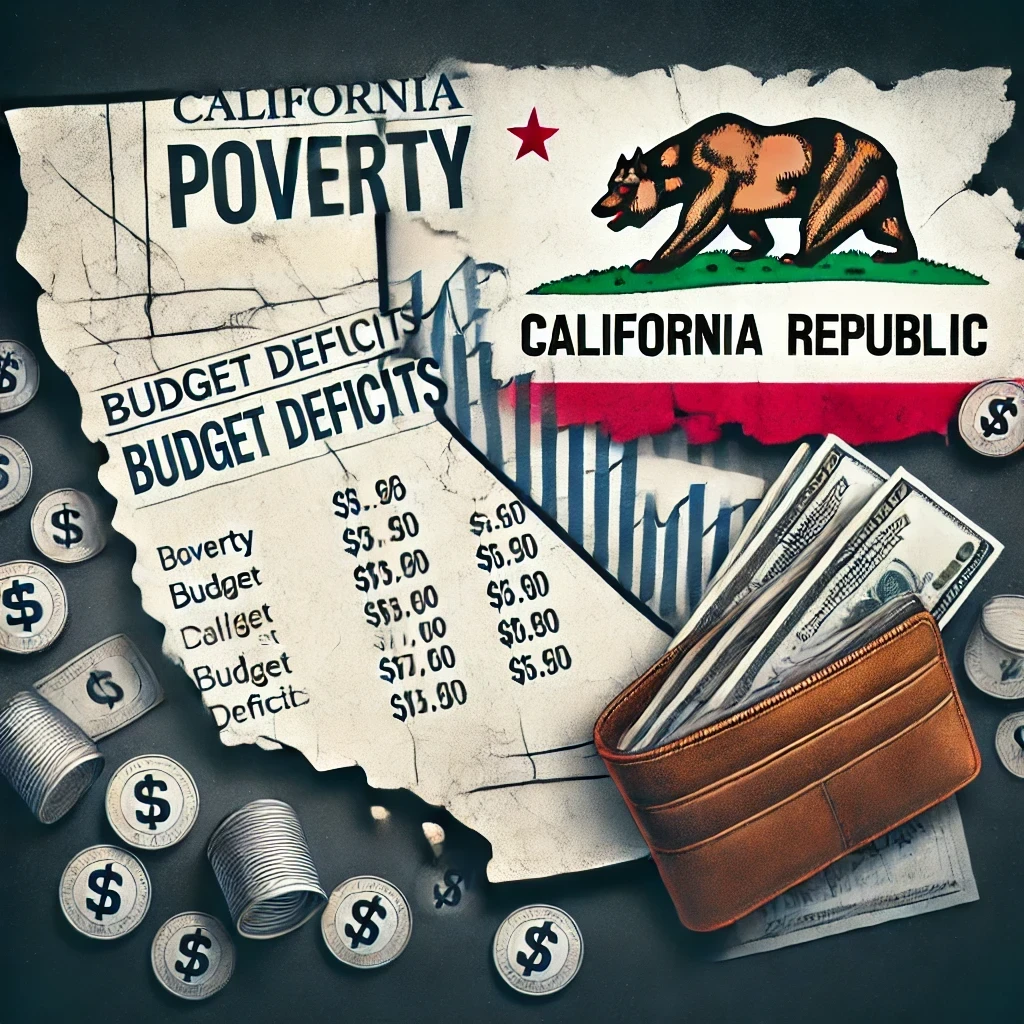
California’s poverty problem is further compounded by budget deficits that the state faces for the foreseeable future. These financial shortfalls threaten to limit the state’s ability to expand or even maintain programs designed to lift residents out of poverty. The ongoing fiscal challenges make it difficult to see a clear path toward reducing poverty in the near term.
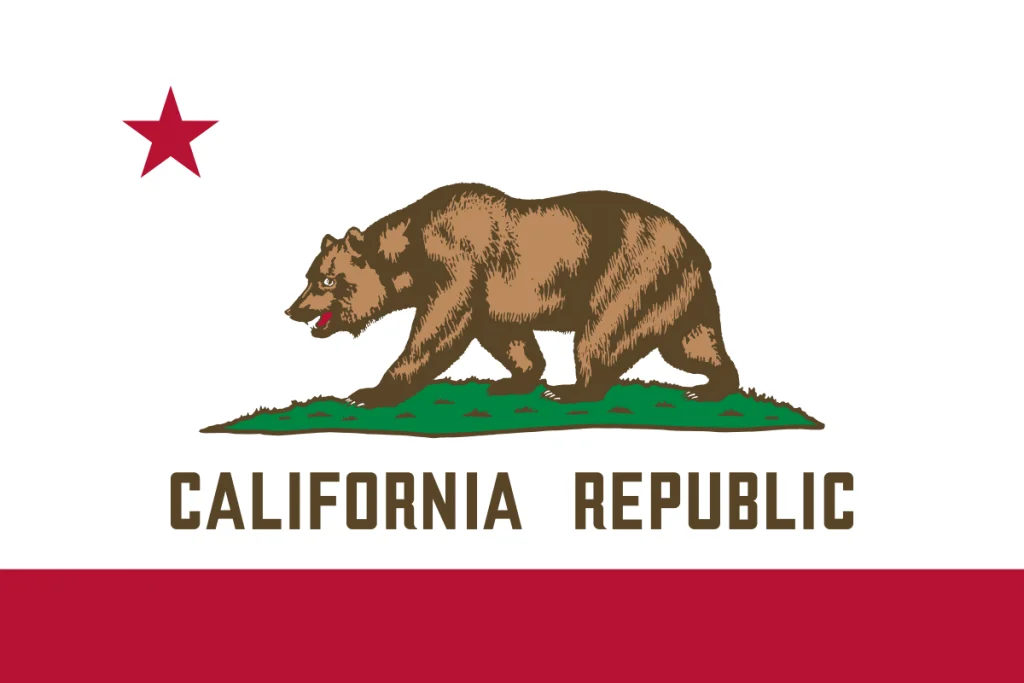
For a state with such immense wealth and resources, California’s poverty rate is a glaring contradiction. The state’s high cost of living, racial inequality, and widening income gap are leaving millions of people struggling to make ends meet. The challenges are stark, and without swift action to address the underlying economic inequities, the situation may only worsen.
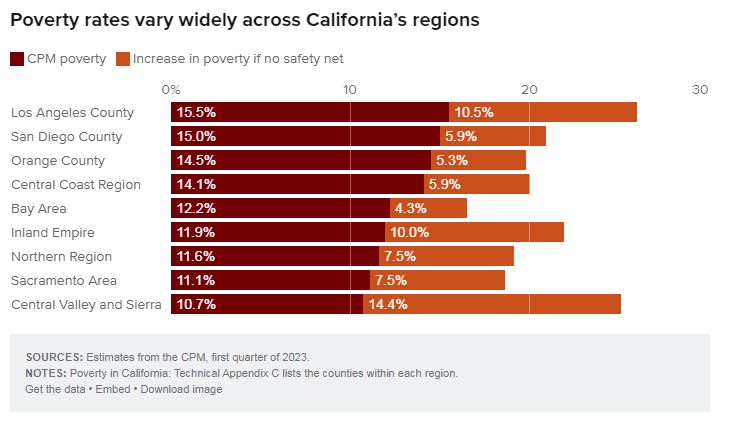
California’s ranking as No. 1 in poverty is not just a statistic but a reflection of the failure to create a system where all residents can thrive. It’s a conundrum that stands in sharp contrast to the image of prosperity Governor Newsom often projects. Without meaningful reform, California risks deepening its economic divide, leaving more of its population behind.





